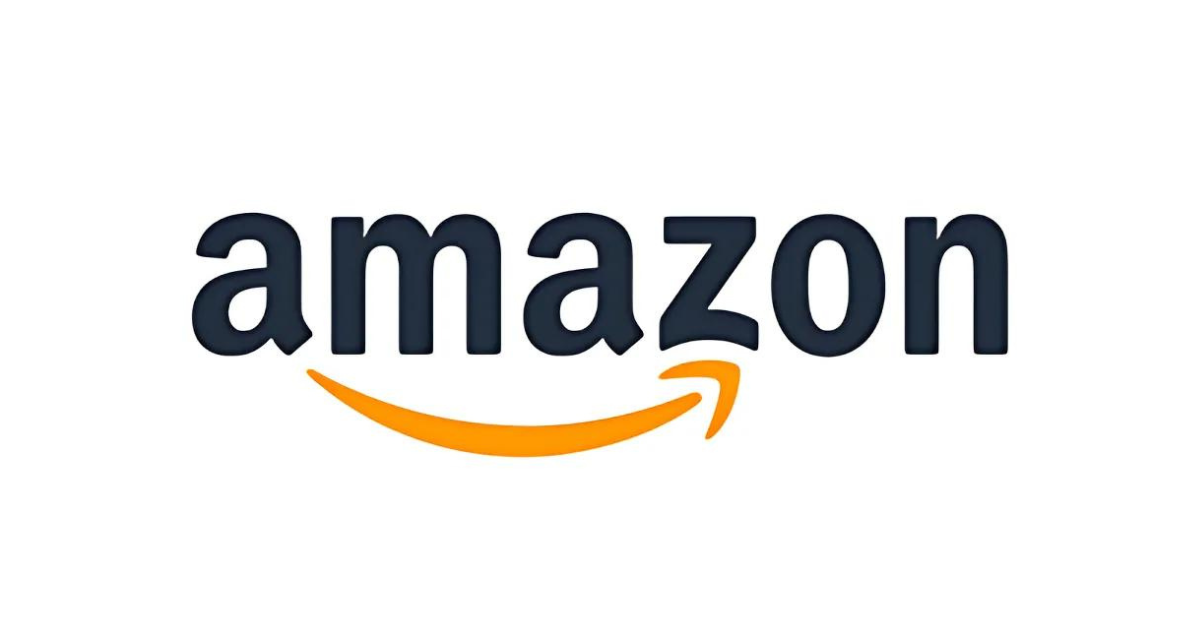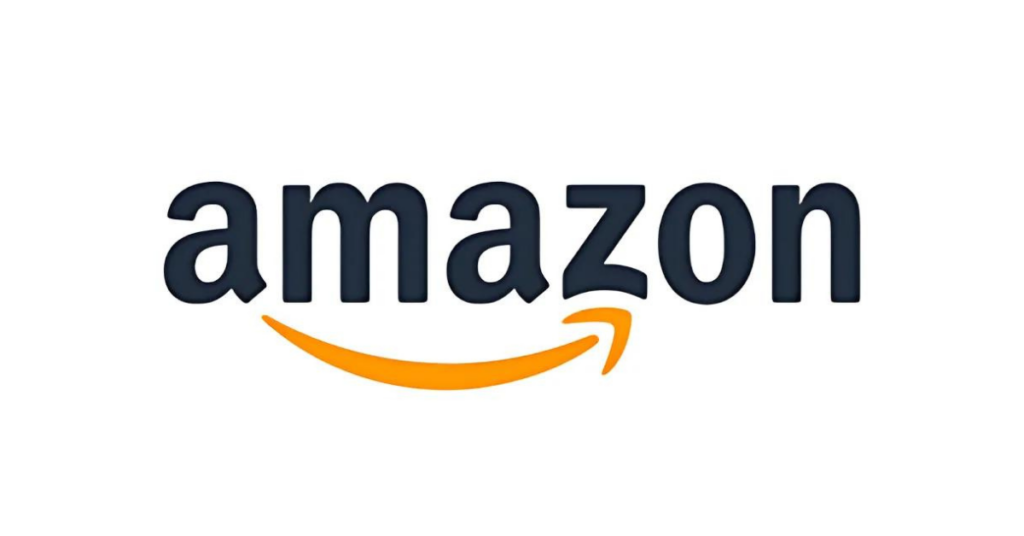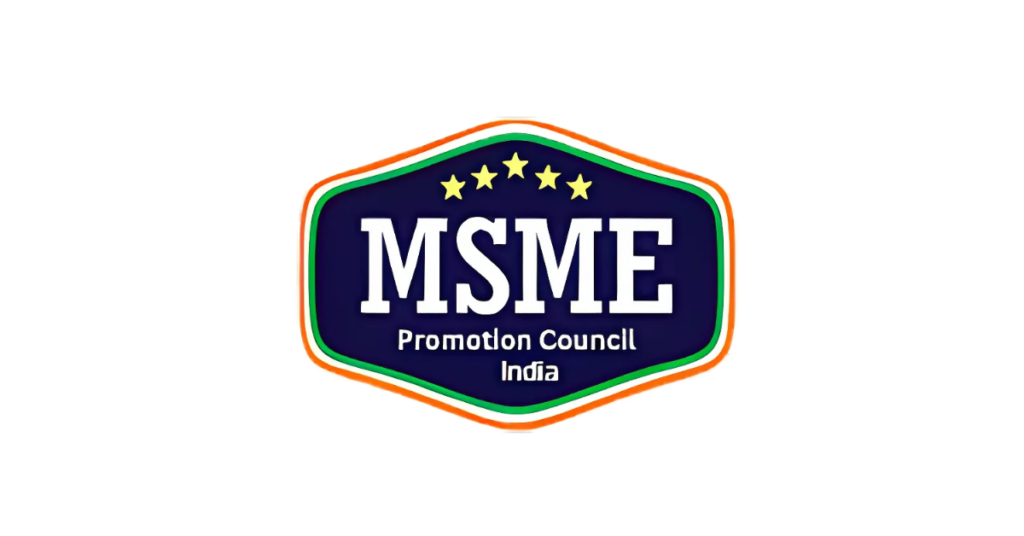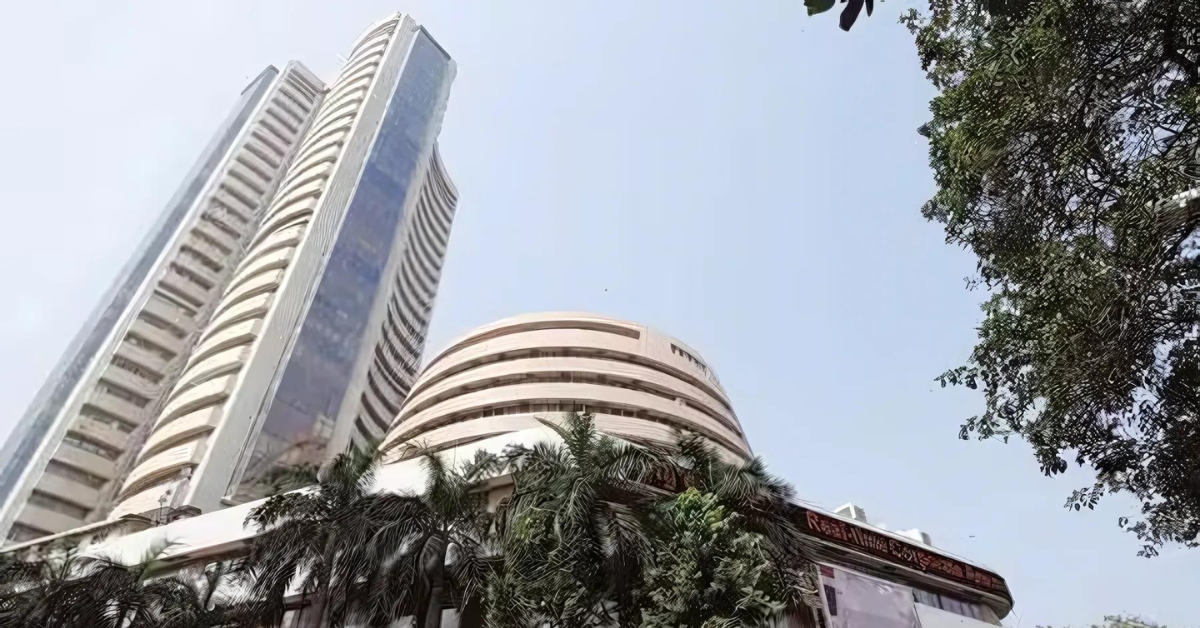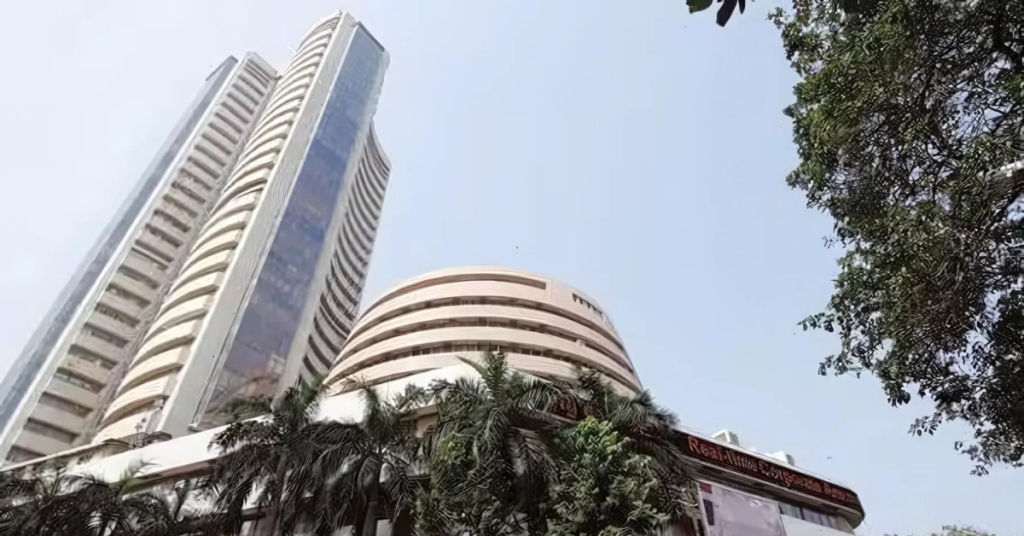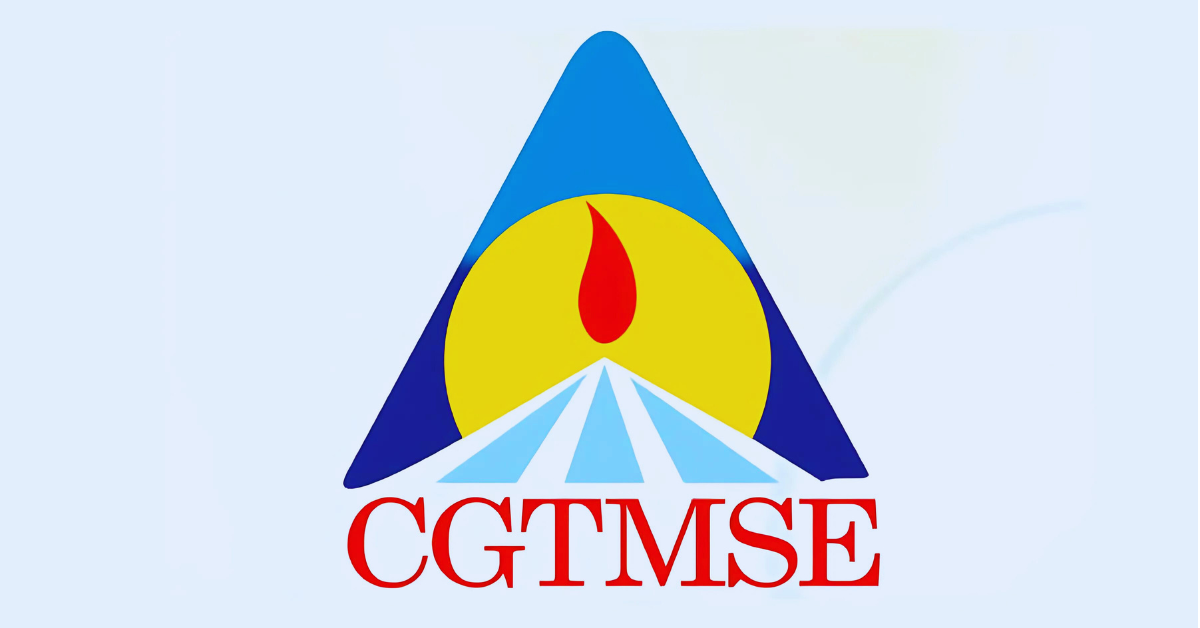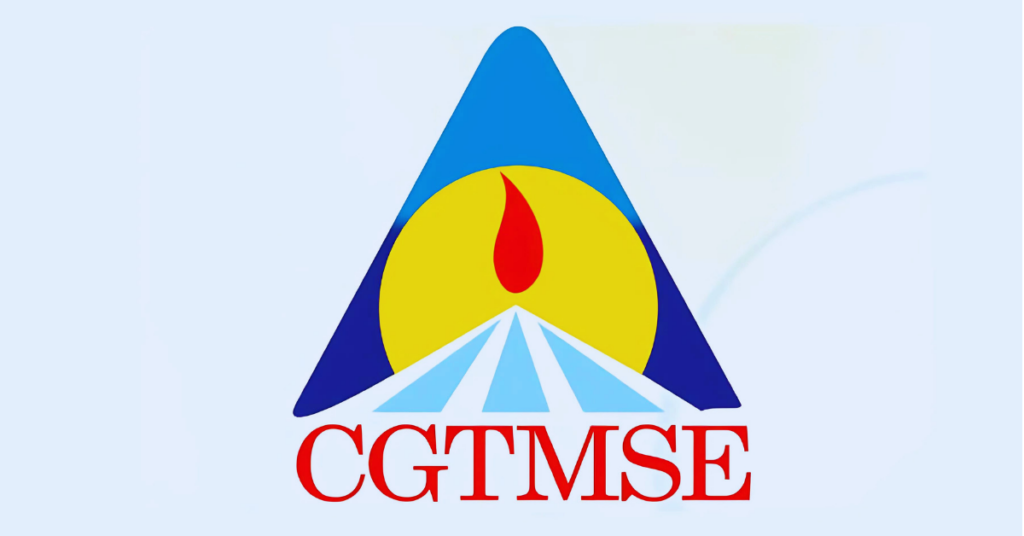
Rising Incomes and Digital Adoption Drive Growth in Rural India’s FMCG Market
Rural India’s FMCG market is experiencing a transformative shift, with the average basket size growing by 60% over the last two years, as noted by a recent Group M and Kantar report. This increase from 5.88 in 2022 to 9.3 in 2024 is largely attributed to rising incomes and the popularity of convenience products like ready-to-eat foods and beverages. The Rural Barometer report emphasizes the significance of diverse income sources, as 81% of rural consumers have multiple revenue streams, contributing to greater financial stability and larger FMCG baskets. In contrast, those relying solely on agricultural income—19% of the population—face higher financial stress, with 82% expressing concern about their financial situation.
Geographically, states like Jammu & Kashmir, Maharashtra, and Odisha have seen moderate growth in basket sizes despite fewer financial challenges. Media consumption habits in rural areas are also shifting, with 47% of the population now using a hybrid model that combines traditional and digital media. The trend is particularly noticeable in areas with stronger digital infrastructure, though states like Bihar and Jharkhand remain less connected.
Ajay Mehta, Managing Director of GroupM OOH Solutions in India, highlights rural India as a “digital frontier ripe with opportunities,” as online engagement grows in areas like payments, e-commerce, gaming, and lifestyle content. The report reveals that 42% of rural internet users engage in digital payments, and 23% in e-commerce, showcasing rising digital and financial inclusion.
To leverage this momentum, brands are encouraged to use hybrid media strategies that combine traditional outreach with digital channels, meeting rural consumers where they are. The growing interest in lifestyle content reflects changing aspirations and presents an ideal opportunity for brands to connect with rural India’s evolving preferences.








